In the fascinating world of homemade jams and jellies, the sweet aroma of simmering fruits and sugar can fill your kitchen, but this is also where mishaps and challenges are part of the journey. Fear not, fellow preserve enthusiasts, for these hiccups, even the dramatic ones like the jam boiling over or jars cracking, are common and can happen to anyone who dares to make their own.
Sometimes there’s a clear cause for the issue, while other times, it might be a mysterious combination of variables that come together to create an unexpected outcome.
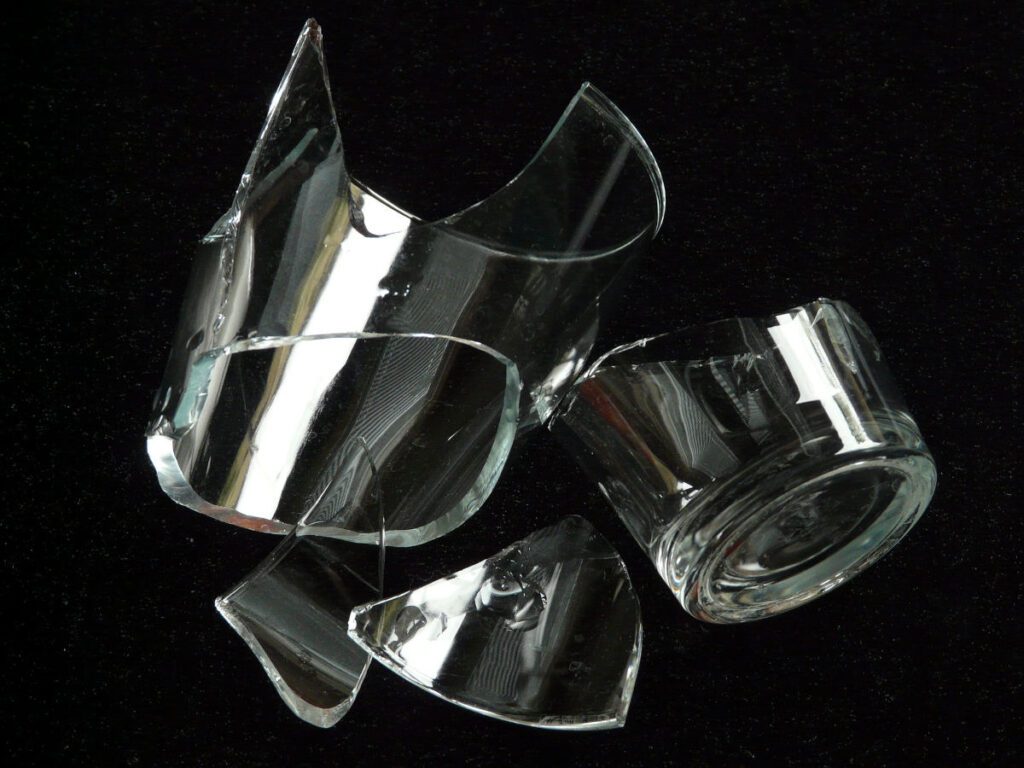
The good news is that many of these mishaps can be remedied or partially resolved, allowing you to salvage your creation or find alternative ways to use it. However, in some cases, you may need to discard the jam or jelly, especially if it’s mouldy, and chalk it up to experience. Then you find out how to prevent it from happening with the next batch.
Learning and experimenting are integral parts of the process. You’ll discover new flavour combinations and techniques, some of which will be a revelation, while others may fall short of your expectations.
But don’t let these experiences prevent you from continuing to create your preserves, as each trial brings valuable insights to help you improve and refine your skills.
It’s boiled over…
Boiled-over jam or jelly can be a frustrating and messy experience.
There are several possible reasons why this might happen, including:
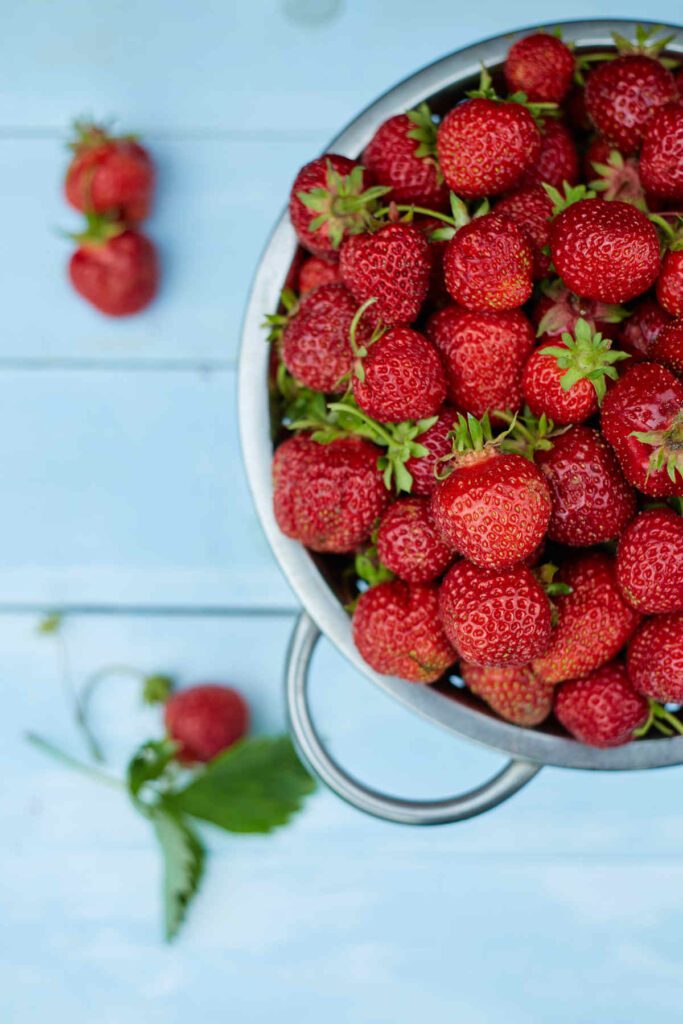
- using a pot that is too small/shallow for the recipe.
- overfilling the preserving pan.
- not stirring frequently enough.
- boiling the mixture at too high of a temperature.
When the mixture boils over, it can create a sticky mess on your stovetop and potentially cause burns if you come into contact with the molten mixture.
Remedy:
How to clean up the mess and prevent it from happening in the future.
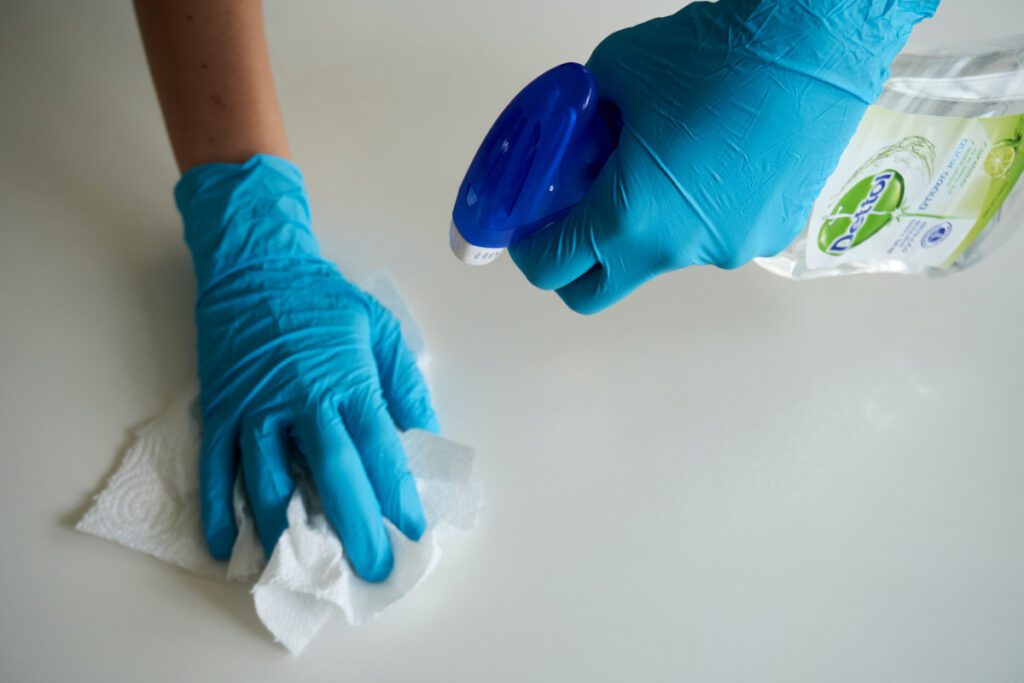
- It’s important to turn off the heat and remove the pot from the stove to prevent further boiling.
- Be sure to protect yourself with oven mitts or gloves to avoid any potential burns.
- Next, use a cloth or paper towel to carefully wipe away any excess jam or jelly from the stovetop, being careful not to spread it around or touch the hot pot.
- Once the surface is clean, you can return the pot to the stove and continue cooking the mixture, being sure to stir frequently and adjust the heat as needed to prevent any further boiling.
How to prevent boiling over of jam or jelly in the future:
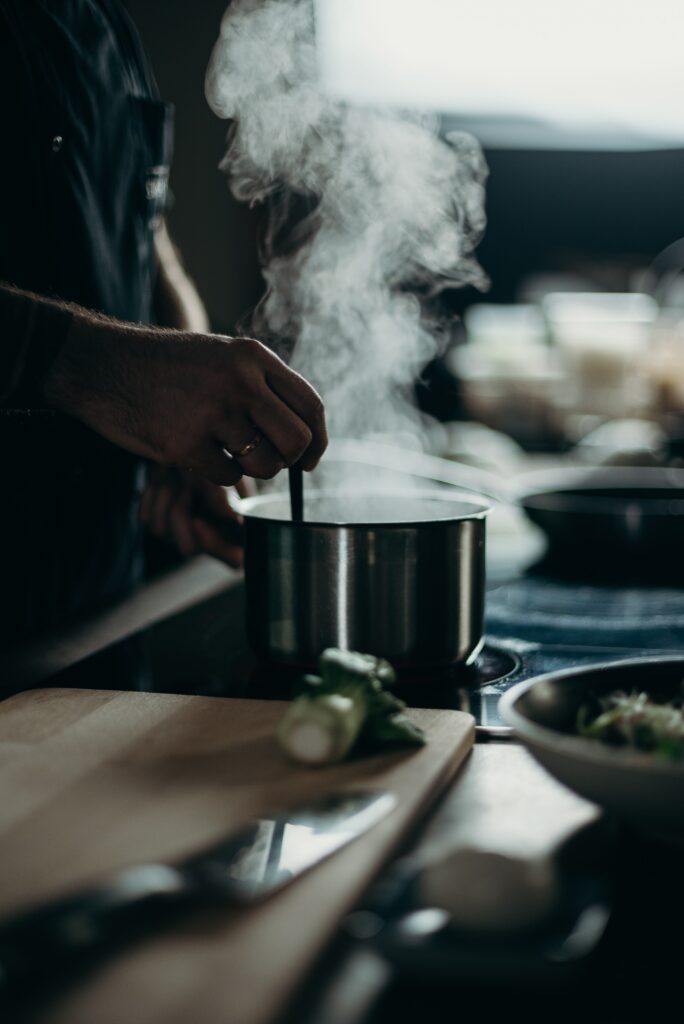
- Choose a pot that is large enough for the recipe
- Do not overfill the preserving pan.
- Stir the mixture frequently to ensure even heating.
- Actively control the amount of heat. You may want to reduce the heat slightly once the mixture starts to boil to prevent it from boiling over. If the mixture rises, remove the pan from the heat; and turn the heat down!
- If you’re still having trouble with preserves boiling over, consider investing in a preserving pan with taller, sloped sides. You may also want to consider using a splatter screen to help contain any further mess.
By taking these simple steps, you can avoid the frustration and mess of boiled-over jam or jelly and enjoy delicious homemade preserves safely and with ease.
Glass Jar cracks/is cracked
The anticipation of savouring a delicious homemade jam or jelly can quickly turn to disappointment when you discover that the glass jars housing your delightful creation have cracked. Or starts cracking soon after you have poured in your jam.
Possible reasons for this event:
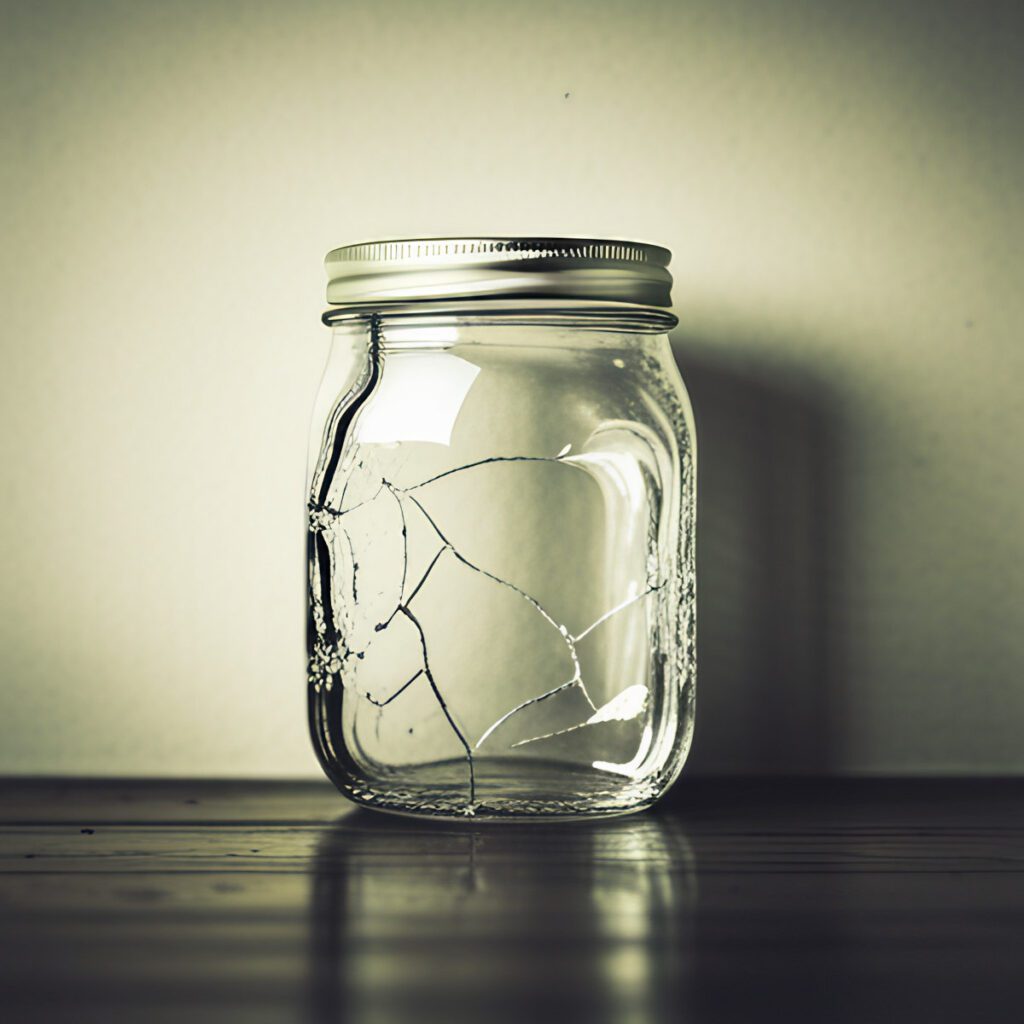
- Thermal shock from sudden temperature changes. During the filling process, jars may crack if they’re not adequately preheated before introducing hot jam or jelly.
- Imperfections or existing hairline cracks in the glass.
- Mishandling during the filling process.
- After being filled, jars may also crack if they’re rapidly cooled or exposed to drafts.
Remedy:
When faced with cracked glass jars, it’s essential to handle the situation safely and effectively.
Carefully dispose of the damaged jar and its contents, as consuming jam or jelly from a cracked jar poses a risk of ingesting glass shards.
To prevent this issue in the future:
- Inspect your jars thoroughly before use, checking for any signs of damage or weakness.
- Preheat the jars by placing them in a warm oven or filling them with hot water to avoid thermal shock when adding hot jam or jelly.
- Ensure that you pour the jam or jelly into the jars steadily and gradually to allow the glass to adjust to the temperature change.
- After sealing the jars, allow them to cool slowly and evenly,at room temperature, away from drafts or cold surfaces.
By taking these precautions, you’ll minimize the risk of cracked glass jars and ensure that your homemade jam or jelly remains safe and enjoyable for you and your loved ones.
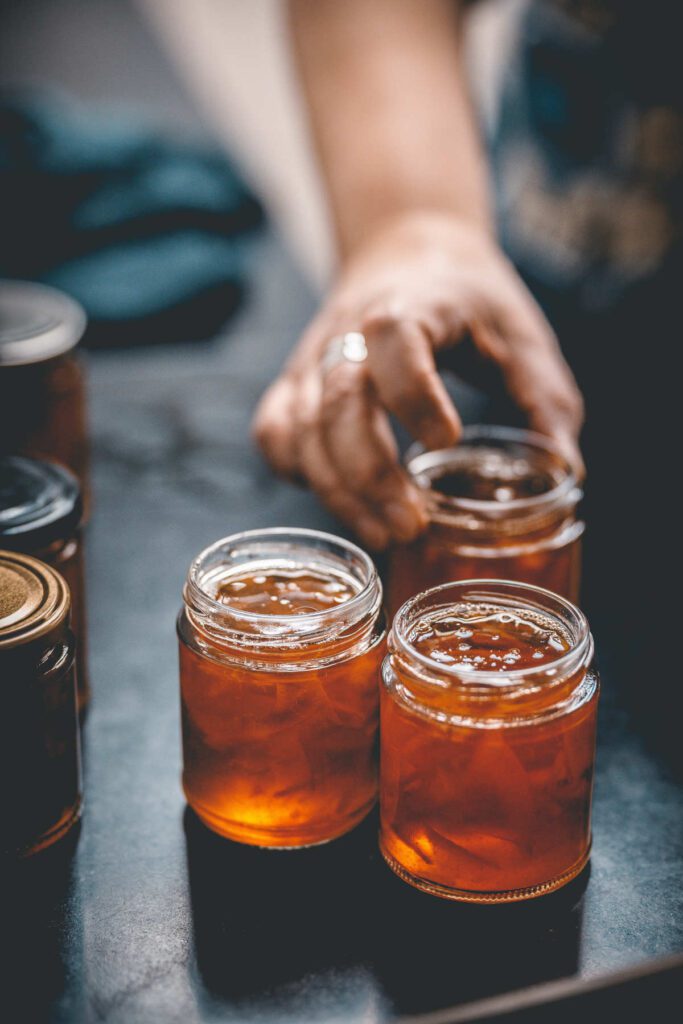
On the journey through the delightful yet sometimes challenging world of homemade jams and jellies, it’s essential to remember that mishaps are a natural part of the process. There may be various hurdles that you may encounter before, during, and after making your sweet preserves, and while some of these experiences may feel discouraging, they’re certainly no reason to feel disheartened or consider your efforts a failure.
Enjoy the natural learning curve and continue experimenting with new techniques, flavours, and methods in the pursuit of your ideal homemade jams or jellies. Each challenge you overcome will only serve to develop your skills and confidence in the kitchen. With patience, practice, and perseverance, you’ll soon be creating delectable preserves that not only bring joy to your taste buds but also become cherished gifts for your loved ones and friends.
Savour each success and let each setback be a stepping stone towards mastery. After all, the sweetest rewards often come from the lessons learned along the way. Happy preserving!